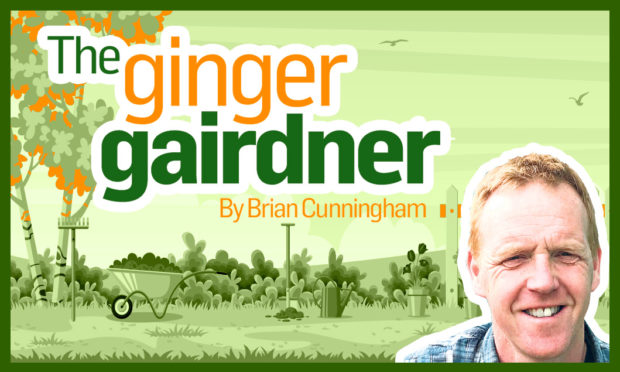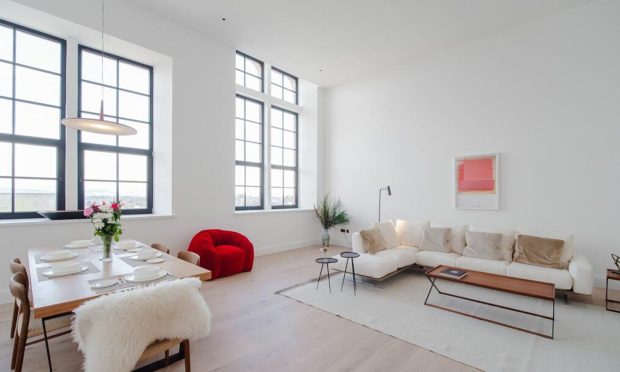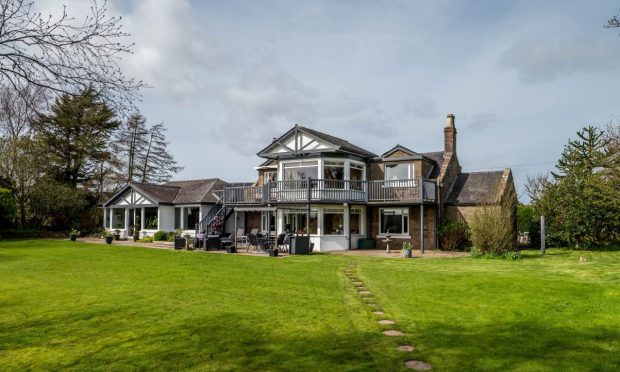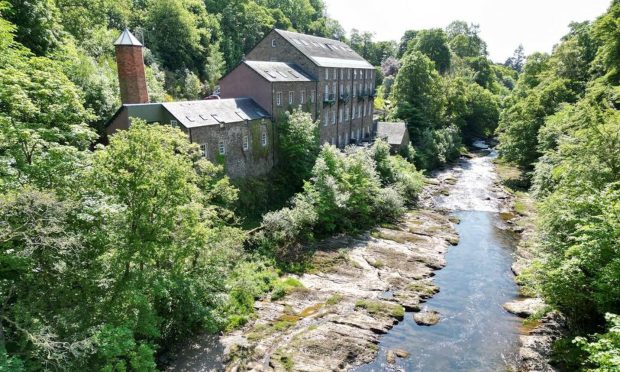Brian Cunningham reflects on old favourite plants making a comeback.
I’ve been around long enough now to see trends in music and clothes come and go, then after a while it’s nice to see them make a comeback again.
One exception I do have is a terrible secondary school photograph of me sporting a mullet hairstyle that I’d rather society did not revisit again, I’m pretty certain the vision I have of myself stepping out the tractor today looking like a ginger version of David Hasselhoff is not what it would be in real life!
It’s been the same story for plants and one of the most recent examples is with the Dahlia.
I didn’t know anything at all about this plant until during my apprenticeship days at Craigtoun Park but I could sense there was something special about them by the reaction from the ‘old boys’.
We had two big display borders just for Dahlias. In early June, once the risks of frosts had passed, we put down string lines to mark out rows three feet apart planting the young plant plants taken from cuttings or the existing tuber itself the same distance apart in the row.
Every autumn we would feed the soil using a mini tractor to plough in manure ‘gifted’ to us from old Bess, the Clydesdale horse who used to be resident at the Park.
Happy days.
They’re tender plants so once we get our first frosts, usually around October, the plant foliage will turn black then I’m afraid that’s them for another year.
Originally coming from Mexico where they are this country’s national flower, they really aren’t hardy enough to be left in the ground over the wet winters of our Scottish climate so we dig the tubers up putting them upside down in crates.
After a couple of weeks drying off, knock of the excess soil and then it’s time to put them to bed for the winter.
We also used old fish boxes for this, now turning the Dahlia’s the right side up just covering the tubers with something like dried compost or sand, keeping them in a cool, dark, frost free shed.
Saying that, I know some people who work in really free draining soil who are now leaving them outside for the winter covering their plants with a layer of compost to act as insulation.
Not for me, too much of a gamble that as I fear the tubers if left in the ground would turn to mush by the time winter was finished with them.
As if there’s not already enough excitement in early spring, this is also the time to bring Dahlia’s out of their winter hibernation starting them back into life.
There’s a couple of options now, potting the tubers up and growing them on before planting out could mean a flowering plant a few weeks earlier than if you just planted the tuber straight into the ground.
Once the shoots start to appear you could also take some basal cuttings which is a great way of increasing your stock or keeping your favourite Dahlia going.
This sounds like a lot of work required for a single plant but for us gardeners, this is what it’s all about and it’s now that we get to see all the rewards of our efforts.
The National Dahlia Society have them classified into 14 groups which shows just how wide the range of colours, shapes and sizes the spectacular flowers of this plant come in.
We have single-flowered types like the ‘Bishop of Llandaff’ which is the group with probably the most simplest of flowers but I find makes them perfect for slotting amongst other perennials in your border.
Don’t be put off when I say it has bright red flowers as where the majority of Dahlias have green foliage, the colour of this one sits perfectly with it’s dark bronze green leaves.
I’m beginning to appreciate more the rounded form of the ball and pompon Dahlias which are perfect for indoor vases of flowers but actually there aren’t any Dahlias that don’t make excellent cut flowers, them having a good life in the vase.
This is when you are needing to be careful as the last thing you want is one of the most common pests, an earwig, dropping out of your perfect display.
Evidence of this pest is clear by the eaten foliage and flower petals which they also enjoy too, emerging from their hiding places after dark for an overnight feast.
This is their weakness however which we can use against them by trapping in upturned pots filled with a little straw sitting on the tops of garden canes.
These can then be tipped out around your fruit trees so they can feed on the aphids on them effectively turning from poacher to gamekeeper.
Anemone flowered, Cactus, Waterlily and Fimbriated dahlias that have flowers with a lovely fringed effect are the most flamboyant and for me are what Dahlias are all about, just pure showing off!
The larger flowers of these groupings are a good reminder that these plants need some staking to support the stems, preventing them from breaking either from the weight of the flowers or by winds.
These plants are the fireworks to see out the summer, if you haven’t already done so I urge you to take part in the show.










